HAYRİYE AYDIN
KTSO ANOTOLIAN HIGH SCHOOL
IAM FROM EDİRNE
GEOGRAPHICAL STRUCTURE
Edirne is located to the north west of our country and is located between 41 40 north parallel and 26 34 east meridians. In the north is the Strandja Mountains, in the middle is the Ergene Basin, in the south is the mountain and platolar and in the Meric Delta.
The largest of the rivers in Edirne is the Meric river. The river that forms the border with Greece is Turkish territory and its length along the border is 187 km. Karaağaç triangle, which passes through Turkish territory, is about 13 kilometers. There are Tunca, Arda and Ergene rivers besides Meriç river in Edirne. The 12 km section of the Tunca river, with a total length of 56 km, forms a border with Bulgaria.
CLIMATE
There is a dark climate in Edirne. The winter months are very cold and long and the summer months are hot. The rain is falling at most in the spring. The average annual precipitation is 452, 95 kg / m2. July is the most hot and July is the month. The coldest months are January and February.
BORDER DOORS
Edirne has 5 border gates connecting our country to Europe by land and rail. The kapıkule border gate is the biggest land and railway border gate of our country. Apart from Kapikule, which opens to Bulgaria via Bulgaria, there are Ipsala and Pazarkule border gateways linking Greece and Turkey. There is also a railway border crossing from Uzunköprü to Greece.
EDUCATION
Edirne was an important center of education and culture during the Ottoman Empire period. During the Republican era, Edirne has shown a rapid development in education, and the rate of literacy has reached 99% in recent years. Edirne does not have any non-school villages. Apart from a university, there are 180 primary schools, 20 high schools, 15 vocational high schools and balanced schools, 3 private schools, 2 private kindergartens and 94 pre-primary classes.
Culture & Tourism
Edirne has a rich culture as it is in a position to unite Anatolia to Europe. There are 612 historical works reflecting the Ottoman Turkish culture throughout the city. Some of these works (which are Selimiye Mosque, Üç Şerefeli Mosque, Caravanserai, Meriç Bridge, Old Mosque etc.) still maintain their originality and are still in use. A section similar to these is also restored in the historical structure. There are also 29 SIT areas throughout the province.
.KAKAVA FESTİVAL
Hidrellez's belief that the Khidr and Elijah prophets, considered important days in the Turkish world, are found in the bottom of a rose tree is considered to be one of the most important days celebrated with great preparation and impatiently expected for one year for the Roma.
The Hıdrellez and Kakava festivals, which are accepted as spring traders in Edirne, are celebrated on May 5-6, Concerts, competitions, dance performances take place in Saraçlar Caddesi and other events take place in Sarayiçi, where Kırkpınar Wrestling is also organized.
The festivities start two special rituals to meet the spring on both days. The burning of Kakava Ateş, symbolizing the desire to share fertility, the sharing of beauties, and the provision of rice are made on 5 May at Sarayiçi. The "Bahara Giriş" ritual for the purpose of salvation and greeting the awakening of nature takes place at 06.00 on the morning of May 6th, near the Tunca River.
My son is a small show from Tuna Aydin
.SELIMIYE MOSQUE
The monumental structure that Mimar Sinan made at the age of 80 and which he called "master craftsmanship" is the main works of Ottoman-Turkish art and world architecture history.
It was built in 1569-1575 under the order of Sultan II.Selim. The building which is multiplied with four minarets from far away shows that Mimar Sinan is also a skilled master of urbanism at the same time with his choice of place.
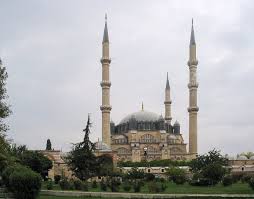
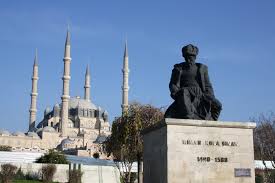
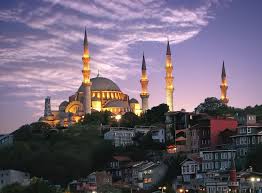
NİSANUR ÇAKIL
Beyazit complex
Located on the bank of the Tunca River, the complex is one of the most important works of Edirne. The mosque was spread over a wide area with a medical school, imaret, darüşşifa, hamam, kitchen, Erzak warehouses and other sections. The Sultan Hayretdin was the architect of the Sultan II.Beyazıd built between 1484-1488. A very impressive view, the complex is covered with a dome close to the large, large face.
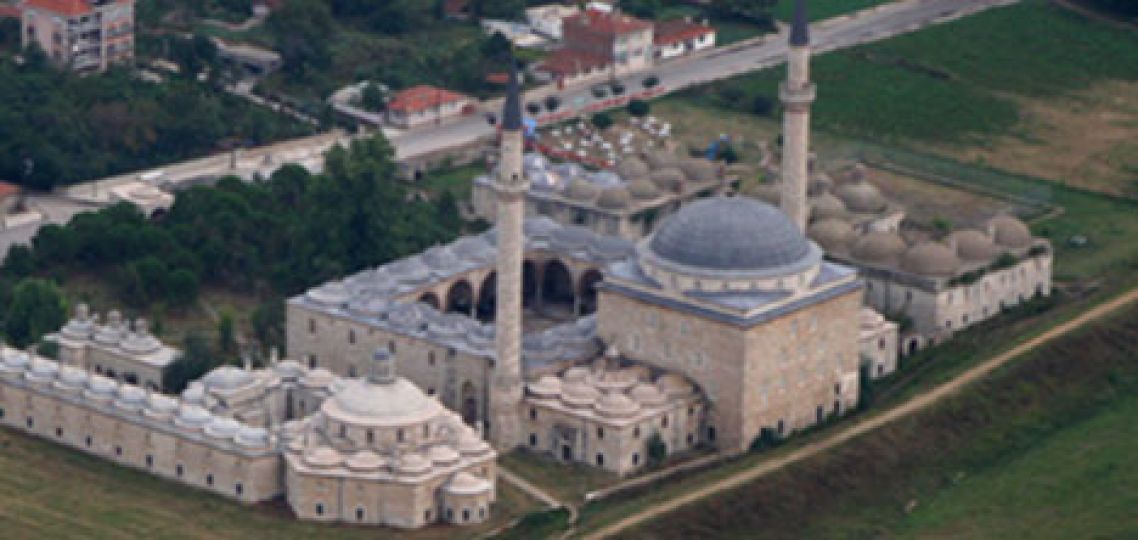
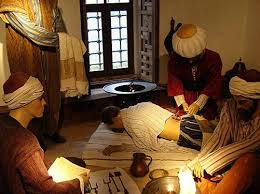
.........................................................................................
On this page you can upload materials about places to visit in your town
..............................................................................................................................................................................................................................................
Сherkasy Collegium ''Berehynia", Ukraine
HAYRİYE AYDIN I live in Edirne, Turkey.

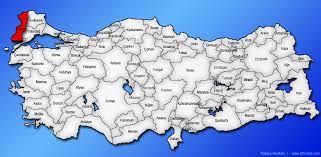 .
.
EDİRNE'S HISTORY AND GENERAL INFORMATION
Edirne is a historical city and preserved its importance and value throughout history. It is known that Edirne was founded by Traklar, who migrated from Central Asia in the early ages and settled there. Later, Alexander the Great embraced the vast borders of the Macedonian Empire. These lands, which were later dominated by the Romans, fell to the share of East Byzantine in 395 when the Roman Empire was divided into two.
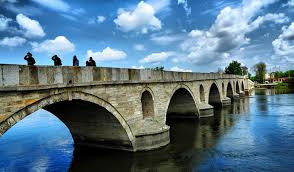
The city, which was rebuilt by Hadrian II from the Roman emperors, was named after him in the name of Hadrianapolis. In 586, the Avar Turks besieged it, but they returned without taking it. Bulgarian Turks succeeded in capturing the city in 914. The city, which was later occupied by the Pechenek Turks in 1050 and 1078, was finally conquered by Sultan Murat I in 1361 and became the throne of the Ottoman Empire. (the capital). In these years, you also live the most glorious days of your history.
Edirne was a province bounded by Rumeli Beylerbey under the name of "Paşa Sanjak" during the Ottoman Empire period. The headquarters of Beylerbeyli was in Sofia. Edirne, the empire was recognized as a university town. XVII. The city, which has become one of the largest cities in the world in the century, The century has entered a period of decline. Two great fires in 1745 and 1751 lifted Edirne out of the way.
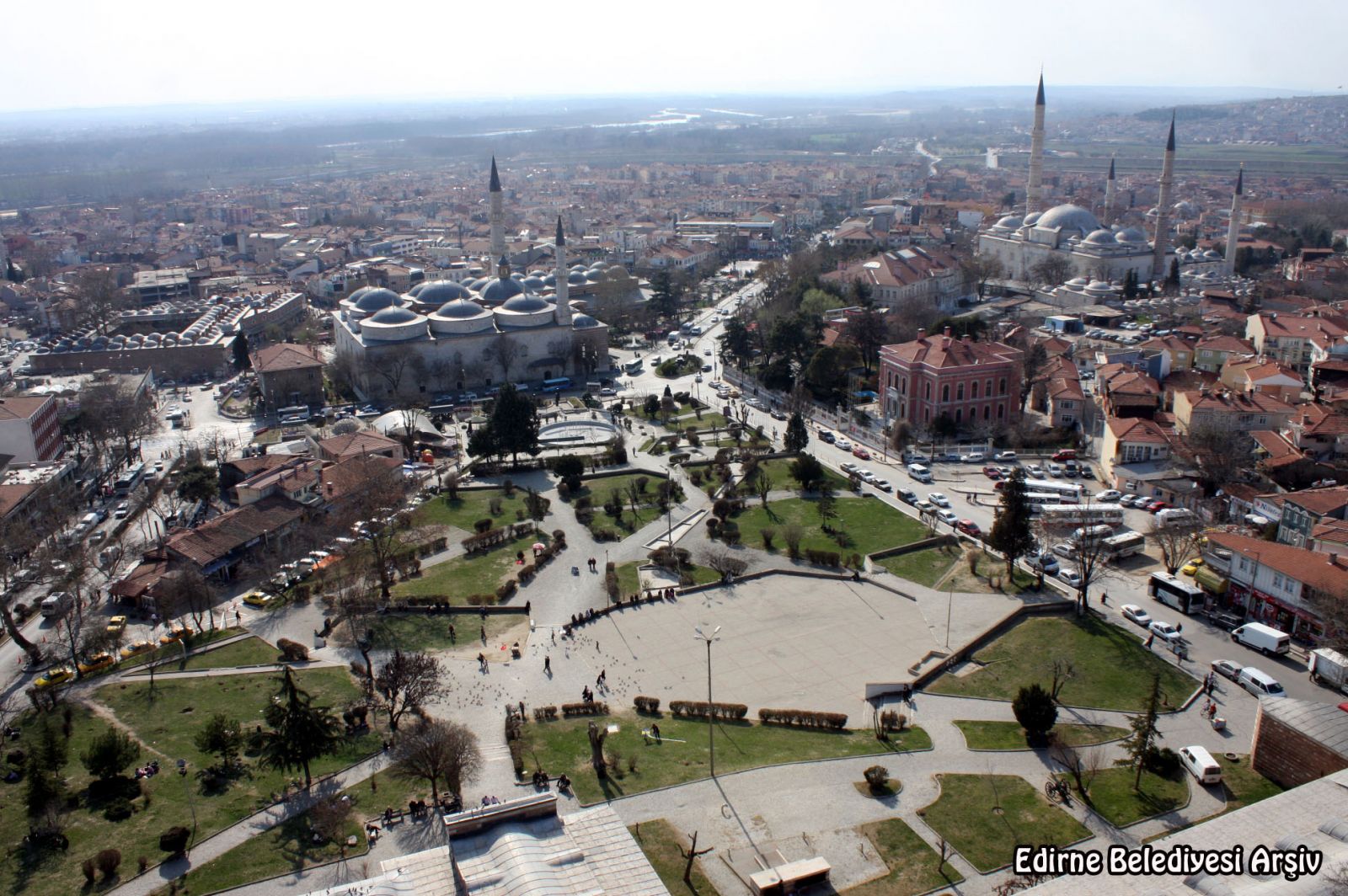
In August 22, 1829, the first occupation of Edirne was the disaster of the Russians entering the city and staying for a few months. On 20 January 1887, Edirne was again the scene of the 13-month Russian occupation, the Bulgarian four-month occupation on March 26, 1913, and the two-year occupation of the Greeks in the 1920's. Edirne city, which has border doors opened to Europe by land of our country today, was rescued from enemy occupation on November 25, 1922.
ITS POPULATION
Edirne is the second largest city of Trakya after Istanbul with population (158400) as of 2016. The total population of the province is (406791). The course of our city population is strictly bound up with the developments experienced in Edirne's historical, social, political and economic fields. Population movements in Edirne, which was the capital city of the empire during the Ottoman period, followed an irregular course. The annual rate of population growth of the city center is Bunda 15.32. The total population of Edirne increased according to the 1997 census and the annual population growth rate is minus 0.49. The annual population growth rate of the province and district centers is 9.29 in B and the annual growth rate of the villagers is minus 12.30.